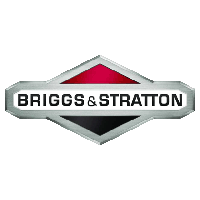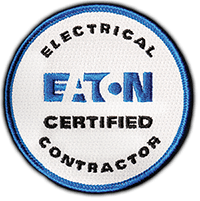What are Dedicated Circuits?
When you run multiple appliances at once, you expect them to work just as effectively as ever. What many don’t know, however, is that a circuit has a limited capacity, and can be overloaded if it is taxed too much.
When this happens, your solution isn’t as easy as the flip of a switch.
Every time you overload your circuit or blow a fuse, you run the risk of:
- extended periods without power
- degrading the quality of your wiring and panels
- damaging appliances
- fire and electricity safety hazards
You shouldn’t have to worry about whether or not you can use the equipment you depend on every day. With dedicated circuit solutions and installations from Dawson's Electric, you can ensure that you are devoting the proper capacity to all of your appliances, ensuring a safe and comfortable home for years to come.

When to Have a Dedicated Circuit Installed
When you have multiple outlets connected to the same circuit, everything that’s plugged in is affected by the same current. If you find that you are constantly tripping your breaker, or are running several high-capacity appliances on the same system, you should consider separate circuits, as dictated by the National Electrical Code.
Many appliances that have motors or computers can be damaged from unexpected losses of power.
Common home appliances that should run on a dedicated circuit:
- Kitchen Appliances, Ranges & Ovens
- Refrigerators & Freezers
- Washers & Dryers
- Heating & Air Conditioning Units
- Water Heaters
- Blow Dryers
- Computers
- Hot Tubs

When it comes to major kitchen appliances, it is important to follow the recommended circuit use for each. The circuit breaker could be overwhelmed and trip if not.
For a stove, experts recommend the following guidelines:
- A stove should be on a double breaker with a capacity of 50 amps, 220 volts.
- A stove should have its own dedicated circuit that only it uses.
- For more information, contact Dawson's Electric today.
The total electricity draws on a 20 amp breaker should not exceed 16 amps or 80% of the capacity.
Factoring in the estimated usage of electricity for different rooms, lights and electrical outlets are usually combined, as lights do not use very much power.
A good guideline when allocating estimated amps to each outlet is to assume a maximum draw of 1.5 amps each.
This allows for 10 outlets on a 20 amp breaker.
For more assistance with circuit breakers, contact Dawson's Electric today.






